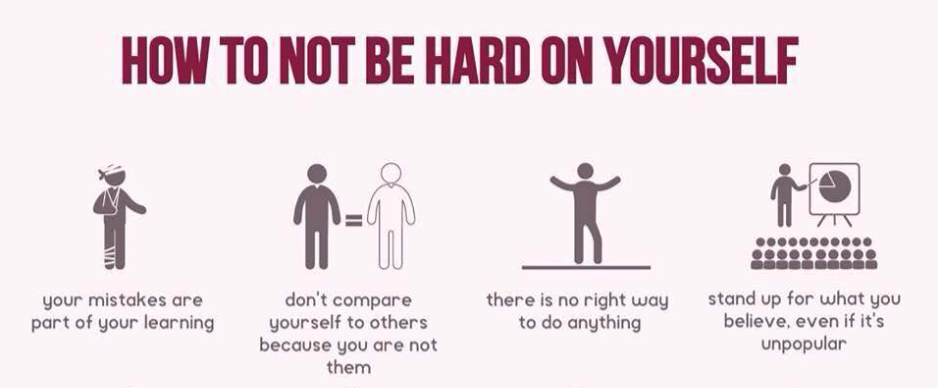Today I started around 7am, I’m going to write until about 4pm, then I’ve various errands I need to do and I’ll cook at maybe 6:30pm. That’s nice.
But.
This is new. It’s new for me or at least it’s fairly new since I lost my biggest single client as a freelance writer. Wait – I’ve just looked that up: it was three years ago next month. Unbelievable. Is that really right? Only three? Feels like a decade. It seemed like such a bad day at the time but, wow, I wish it had happened sooner.
Anyway, having a big regular client gives you structure in two ways, doesn’t it? There is the time you have agreed or are contracted to work with them. That stops you doing anything else, gloriously it also removes the churning as you think constantly about what is the best thing you could be doing right now. What can you do this minute that will help you? Nothing. You’re committed, you’re contracted. Stop churning, get working.
This type of contract also defines the rest of your time: it is the bits when you’re not working for them and so therefore must get all your other work done. What is the best thing to do at this minute? Work.
When that contract goes and you’re suddenly doing much more irregular and many, many, many more jobs all at once, the structure of your working life changes. I’d say for the better: I have come to adore jumping from one job to another, switching tasks a dozen times a day. Do note that I say switching: I will always and forever do one thing and then do the other, I will not attempt multitasking. I’ve learnt that much at least.
However, switching and jumping plus irregular and many, many, many more jobs does rather mean that you can be always working. I like this. I like this a lot.
But I have felt overwhelmed this year and when I’m being close to nasty about how good or bad my work is, I can’t help but note that longer days do not get better results.
So yesterday I tried laying out one hour on this, one hour on that, plus not checking emails until the top of the hour. This is all stuff I advocated in my book The Blank Screen and it is all stuff that I have learnt to do, that I have regularly done. But somehow doing it again in the midst of feeling under water, it helped even more.
I’m trying it again today. It means I know what I’m doing for the next several hours and I know when I’m stopping. Which means that for once I can tell you I will be having a very good time tonight relaxing with a copy of Pride and Prejudice.
I’m actually looking forward to that. The evening is now a thing to look forward to instead of just a different set of numbers on the clock.
Happy for me, isn’t it? But I hope you can do this too. Right up to re-reading P&P, though get your own copy. Obviously.
